New York's Link5G towers for poor neighborhoods eschew their main purpose

UPDATE: Updated with the CityBridger spokesperson statement on key Link5G deliverables:
Link5G smart poles provide critical broadband infrastructure for cellular carriers to meet rising demands for reliable, high-speed connectivity citywide. The program is vital to ensure that New York City residents and businesses alike can stay connected and remain economically competitive in the decades ahead. We are committed to the expansion of free Wi-Fi and 5G service for all New Yorkers — particularly those in underserved communities — at no expense to the city.
CityBridge, July '24
The move came after it became clear that 40% of households in disadvantaged communities don't have reliable access to fast internet, so at least a million students were disadvantaged when New York City's schools switched everyone to remote learning.
To remedy this, New York paid a tech company called CityBridge to erect 200 Link5G towers on sidewalks in said communities, just like it installed numerous billboards across the Big Apple in 2016 as part of the so-called LinkNYC project.
Both undertakings, however, met a similar fate, reports Gothamsit, and neither Verizon nor T-Mobile were given an incentive to install and put into operation carrier equipment for dispersing fast 5G connectivity in the Link5G towers.
At present, just 1% of the 200 5G towers in low-income New York neighborhoods actually spread 5G to the masses. The contraptions are 32 feet tall and also house chargers, Wi-Fi hotspots, and a tablet from which residents can access the city's services.
As a result, the city’s Internet Master Plan couldn't really become reality and on top of that, about a million households lost their federal broadband Internet subsidies as the program ran out.
Carriers are reluctant to use the Link5G towers for placing their equipment as the overall trend is for putting the brakes on the those wideband 5G points as the return on the investment is simply not there.
People consider 5G and even 4G LTE fast enough already, while the wideband mmWave equipment has much shorter coverage area and rooftops or billboards are cheaper to rent for carriers than said Link5G poles. People still use them to charge their phones, or get a quick Wi-Fi fix around them, but their main reason for existence is still in flux.
"While the cellular service is built out - which is taking longer than we wanted, but it is happening - all the other services are still existing as well," opined one CityBridge official.


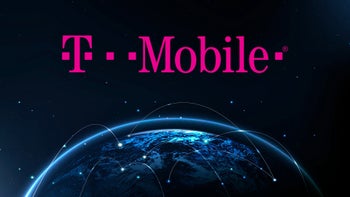
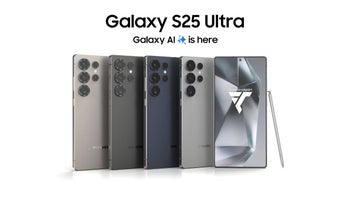

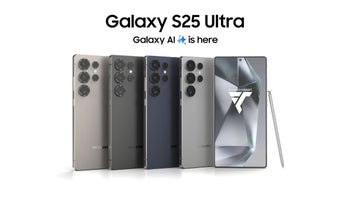
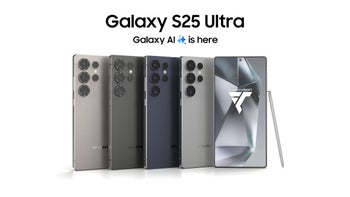
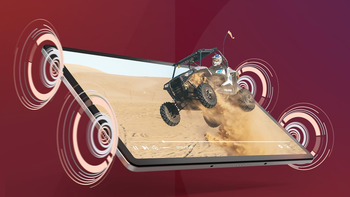
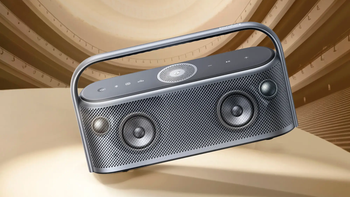
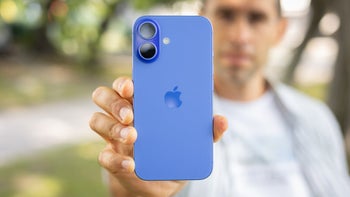


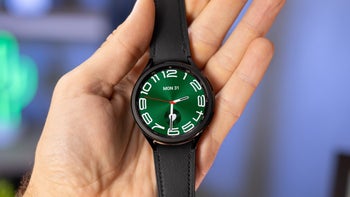
Things that are NOT allowed: